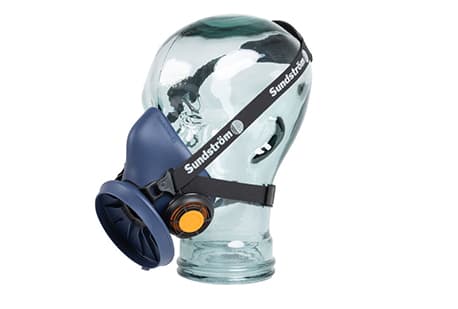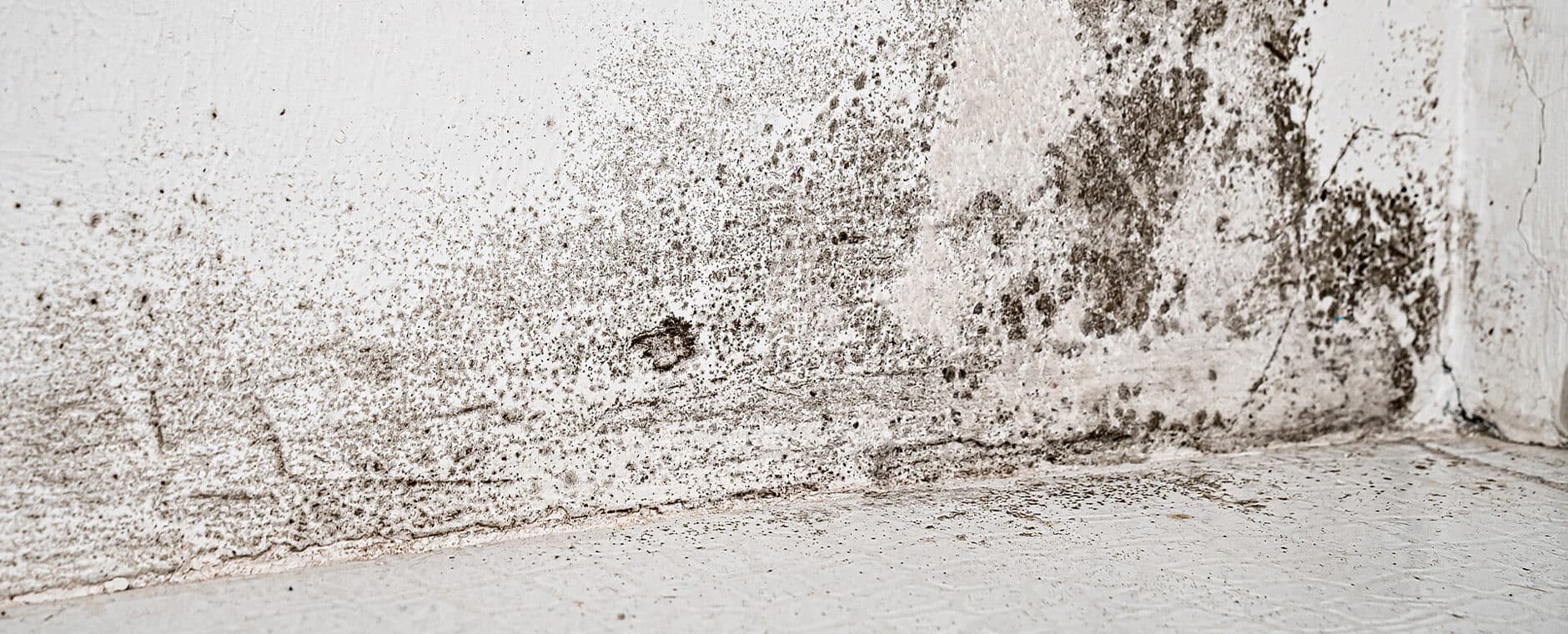
Half Mask SR 100
Half mask with excellent fit, high protection level and very good breathing comfort for use in the toughest work environments.
Select your country
Select your country
It appears that you are visiting our website from North America.
Please select your country to view the appropriate products for your location.

Choosing Sundström means that you’re always guaranteed the highest level of protection, optimum comfort and longevity. A happy workforce; well protected, legally compliant and more productive as a result – value for money. We can present a range of products that are compatible and expandable with masks, hoods, shields, and helmets in a complete system along with various filters and accessories. They are flexible and customizable to personal comfort, as well as the workplace requirements and needs. Production and product development takes place in Lagan in Småland, Sweden.

Mold is something you can find pretty much everywhere. Growth of mold and their spores can cause poor health in several work environments: lumber yards, farms and construction sites to mention a few. Symptoms like asthma and allergies are common.
Mycotoxins are the toxic metabolites that are produced by mold and other fungus. Mycotoxins are both cancerogenic and can cause allergies. Under favorable conditions (humidity, temperature and access to organic material), the amount of mycotoxins can multiply rapidly. Both spores and mycotoxins are small airborne particles, not visible for the human eye.
So where can one get exposed to higher amounts of spores and mycotoxins? We focus on professionals and their exposure to mold, so let’s use the above-mentioned occupations.
Working with untreated wood can release high amounts of spores and mycotoxins. The sawing of planks, making wood chips or even the sticks for matches etc. If the wood is stored in favorable conditions for the mold, the refining process will release large amounts of spores and mycotoxin.
Mycotoxin can be found in crops as a result of a fungal infection. The mycotoxin can then travel the food chain to either humans or animals. But for the professional, the farmer or the worker, it is all about the handling of crops in storage or transportation. An enclosed space like a storage room, a barn or a silo can under the right conditions be an incubation chamber for the fungus.
Scientific research has shown that mycotoxins can be found in 75 % of examined buildings. Common practice with water damaged buildings is to use dryers, to remove the moisture. This will not solve the problem with spores and mycotoxins as they will stay in the damaged material even in a dry state. When a professional demolition team start to remove the damaged parts, they will release the spores and mycotoxins.
Try to remove or reduce the risks with technical solutions or new ways of working. If unsure, inspections or unknown factors, use respiratory protection.
This is not news. Moulds have always been a part of human society. Follow your local guidelines and regulations. For the private person or worker that is exposed to mold occasionally, a half mask with goggles or a full-face mask with a particle filter is recommended.
For the private person or worker that is exposed to mold occasionally, a half mask with goggles or a full-face mask with a particle filter is recommended.
If there is wet wood and mold an unpleasant smell can occur and then a combined filter with particle filter and a gas filter type ABE is suitable.
Lower work rate and dust concentrations. For users who are clean shaven.
Heavier workload and higher dust concentrations. For users that are clean shaven and with facial hair, beard or sideburns.